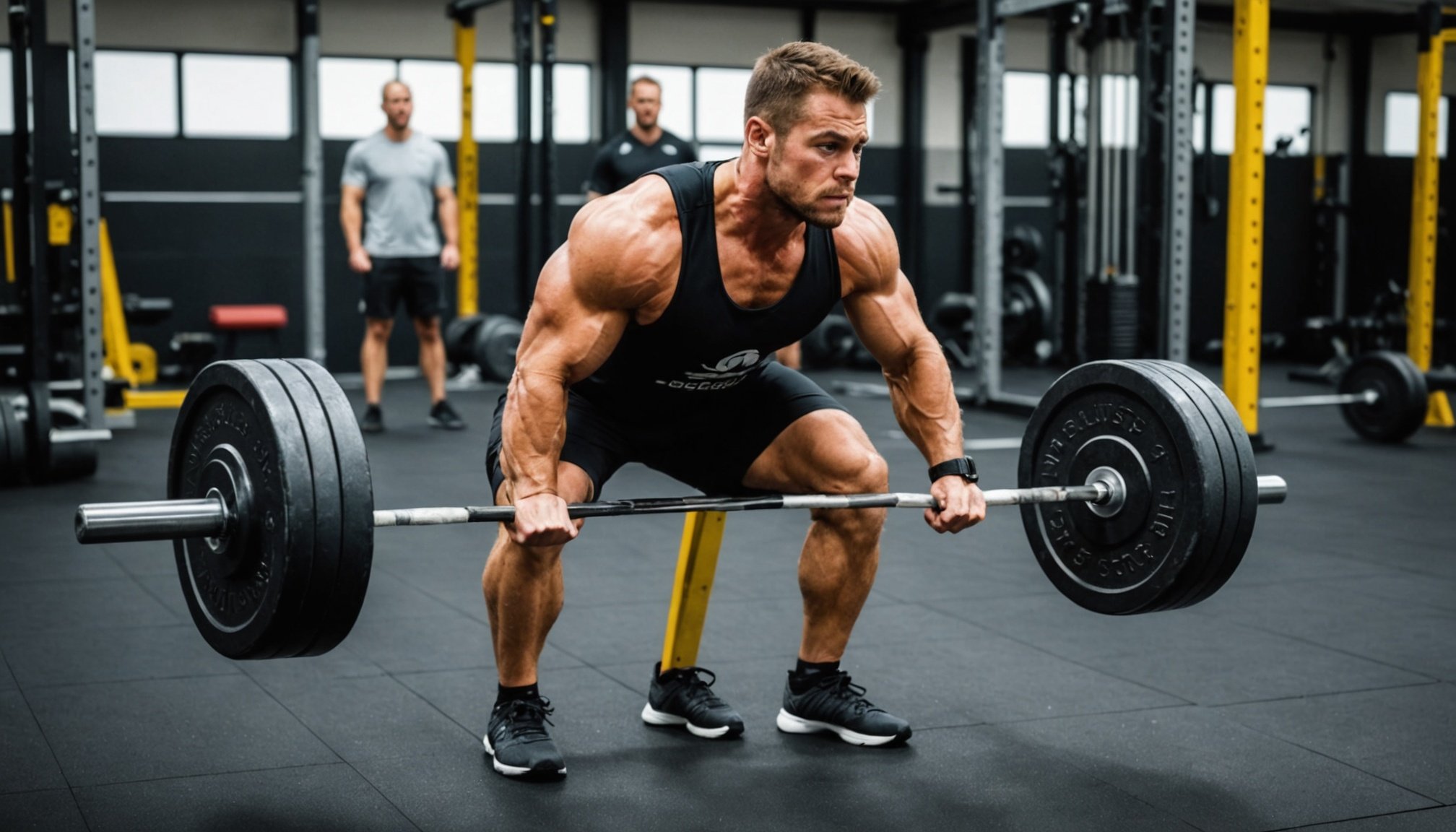Muscle injuries can be a significant setback for fitness enthusiasts, particularly those who engage in weightlifting regularly. However, it’s crucial to understand that an injury doesn’t signify the end of your fitness journey. With the right strategies, it’s entirely possible to recover and resume your weightlifting routine safely and effectively. In this article, we’ll delve into some top strategies backed by PubMed studies that can aid your recovery after a training injury and help you get back on track.
Understanding Your Injury and the Recovery Process
Before embarking on the recovery process, it’s essential to fully understand the extent and nature of your muscle injury. The recovery time for injuries varies greatly, depending on several factors including the severity of the injury, your overall health, and how well you manage and care for the injury post-incident.
Also to see : What is the effectiveness of virtual reality tools in enhancing technique in powerlifting?
According to a study from PubMed, your body needs time to repair and restore the injured muscle. The exact time required with vary, with minor injuries needing a few weeks, while severe injuries could take months, or even years. During this period, it’s crucial to focus on helping your body heal, rather than pushing it to perform strenuous exercises.
Rest, ice, compression, and elevation (R.I.C.E) is a common method often used immediately after an injury to reduce pain and inflammation. Combining this method with over-the-counter pain relievers can provide additional relief.
Also to read : How does the muscle pump impact muscle growth, and how can it be optimized?
Modify Your Training Routine
Once your body begins to recover, you can slowly reintroduce exercise into your routine. However, it’s of paramount importance to modify your training regimen to prevent re-injury.
Start by focusing on low-impact workouts that won’t stress the injured muscle. For instance, if you’ve injured a leg muscle, consider exercises that primarily engage your upper body. You may also need to adjust the weights you usually lift. It’s a good idea to start with a much lighter weight than you’re used to and gradually increase it as your recovery progresses.
A training modification strategy could also involve changing the types of exercises you do. If you’re a weightlifter, incorporate more cardio or flexibility exercises into your routine. These can enhance circulation to your injured muscle, promoting faster healing.
Exercise also helps maintain your overall fitness levels during your recovery. A doi system study reaffirms that regular physical activity boosts your immune system, which is vital for recovery.
Opt for a Balanced Diet and Stay Hydrated
Your diet plays a crucial role in muscle recovery. A balanced diet rich in protein, carbohydrates, and healthy fats can go a long way in promoting faster recovery.
Protein is particularly beneficial as it aids in muscle repair. Including a good source of protein in your meals after workouts can speed up the recovery process. Carbohydrates, on the other hand, replenish energy stores in your muscles, which is essential giving them the energy needed to repair and recover.
Staying well-hydrated is another aspect you shouldn’t overlook. Dehydration can slow down the recovery process and lead to muscle cramps, which are detrimental to injured muscles.
Physical Therapy and Rehabilitation
Physical therapy is an excellent option for those dealing with muscle injuries. A professional physical therapist can customize a rehabilitation program catered to your specific needs and help you regain strength and mobility in your injured muscle.
A therapist will often start with range-of-motion exercises, which are gentle movements designed to restore normal movement in the injured muscle. As your recovery progresses, the therapist may introduce resistance exercises to gradually strengthen the muscle.
Rehabilitation exercises not only accelerate recovery but also help reduce the risk of future injuries by enhancing muscle strength and flexibility.
Listen to Your Body
Finally, listen to what your body tells you. Some discomfort is expected when you start exercising after an injury, but if you experience pain, it’s a clear sign that you’re pushing your body too hard. Pushing through pain won’t speed up recovery; instead, it could potentially worsen your injury.
Remember, returning to your previous level of fitness won’t happen overnight and requires patience. The goal is to gradually increase your activity level as your muscle heals, not to rush back into your previous routine.
In conclusion, getting back to weightlifting after a muscle injury is a gradual process. You need to give your body ample time to heal before you start lifting weights again. With patience, perseverance and the right strategies, it’s entirely possible to safely return to weightlifting after a muscle injury.
Incorporating Active Recovery and Managing Muscle Soreness
In terms of sports medicine, active recovery refers to engaging in low-intensity exercises that boost blood circulation and aid in flushing out lactic acid from the muscles. Active recovery can play a critical role in accelerating muscle repair after injury.
In the context of weight training, it might seem counterintuitive to exercise the injured area. However, light activities like walking, yoga, or slow cycling can be beneficial. These exercises enhance blood flow to the skeletal muscle without straining it, leading to a faster healing process.
On the other hand, muscle soreness can be a common occurrence when returning to weightlifting after injury. It’s crucial to distinguish between pain and muscle soreness. While pain indicates that you’re pushing your body too hard, delayed onset muscle soreness is a natural response to stress on your muscles and should subside in a few days.
Managing muscle soreness can be done through a combination of rest, application of heat or cold, gentle stretching and using foam rollers. As an indication from the med doi system, muscle soreness should be monitored closely to ensure it doesn’t exacerbate into muscle damage.
The Role of Growth Factors in Muscle Repair
Growth factors play a vital role in muscle recovery. These are proteins that bind to specific receptors on the cell surfaces, triggering cellular proliferation and differentiation. They are key players in the process of muscle repair following injury or strength training.
One significant growth factor is Insulin-like growth factor 1 (IGF-1). Studies in sports med have shown that resistance training increases the production of IGF-1, which can then speed up the repair of muscle fibers. Therefore, incorporating resistance training exercises that don’t strain the injured area could potentially improve muscle repair.
Moreover, certain nutrients can boost the production of growth factors. For instance, a study published in the PubMed database suggested that the amino acid leucine can stimulate the production of IGF-1. This reiterates the importance of a balanced diet in the recovery process.
Conclusion: Patience and Consistency are Key
Returning to weightlifting after a muscle injury is a journey that requires patience, consistency, and a keen understanding of your body’s signals. Muscle strains need time to heal, and pushing yourself too hard can lead to further muscle damage. Following the strategies outlined in this article can help speed up muscle repair and pave the way for a safe return to your weightlifting routine.
As the saying in sports medicine goes, "listen to your body." It’s your most reliable guide in your recovery journey. Remember, the goal isn’t to rush back to your routine but to ensure that you return to weightlifting safely and effectively. With time, patience, and the right strategies, you can overcome your muscle injury, rebuild your strength, and come back stronger than ever.






